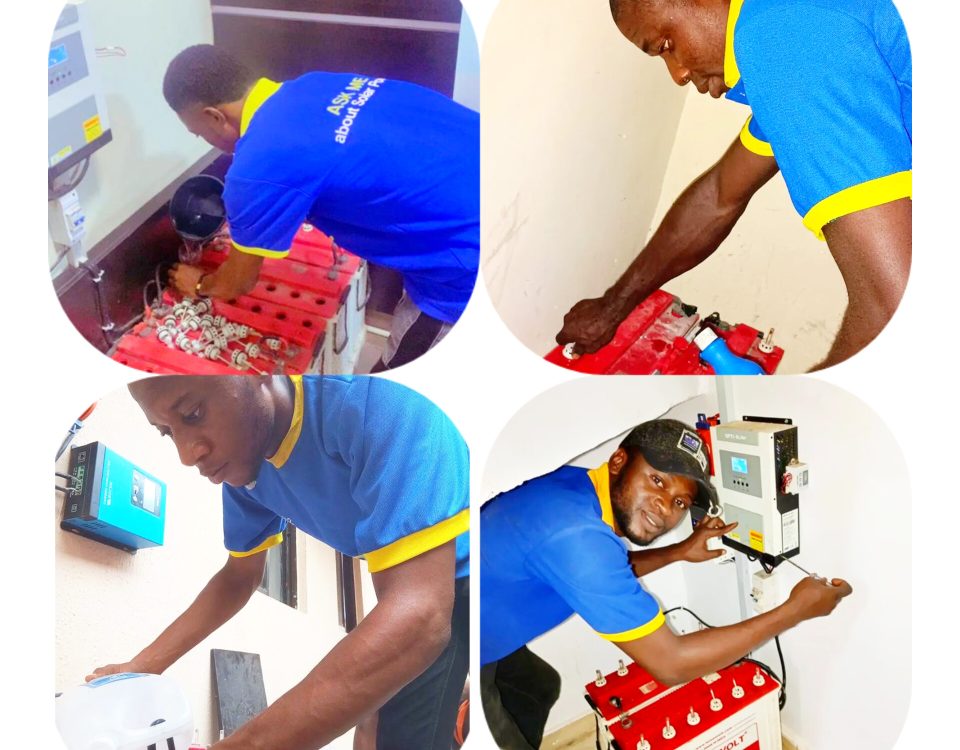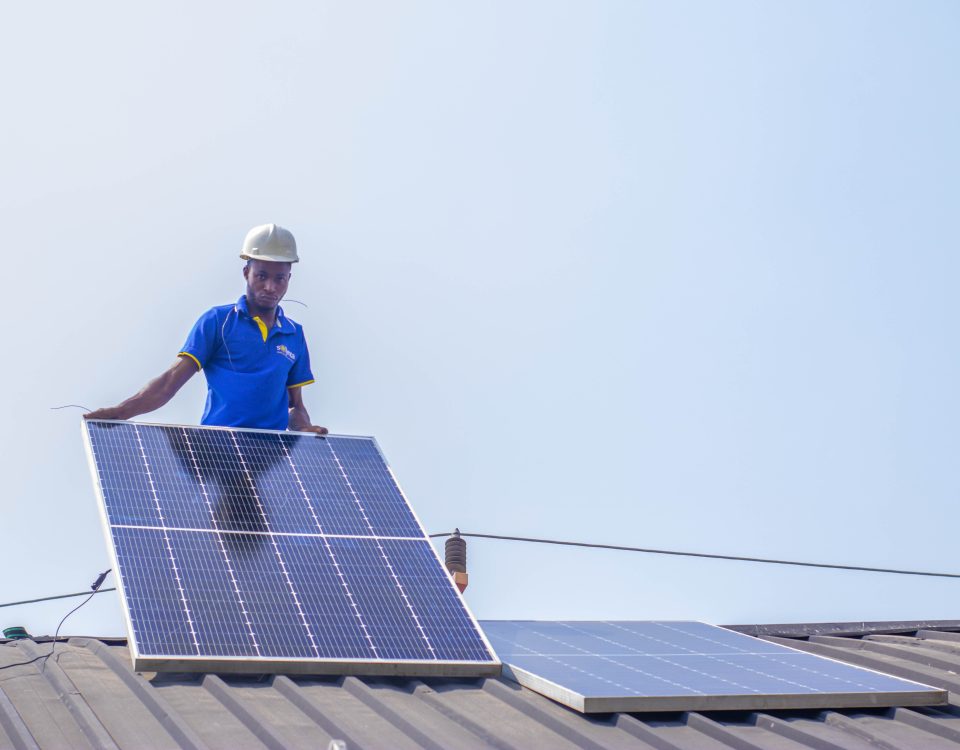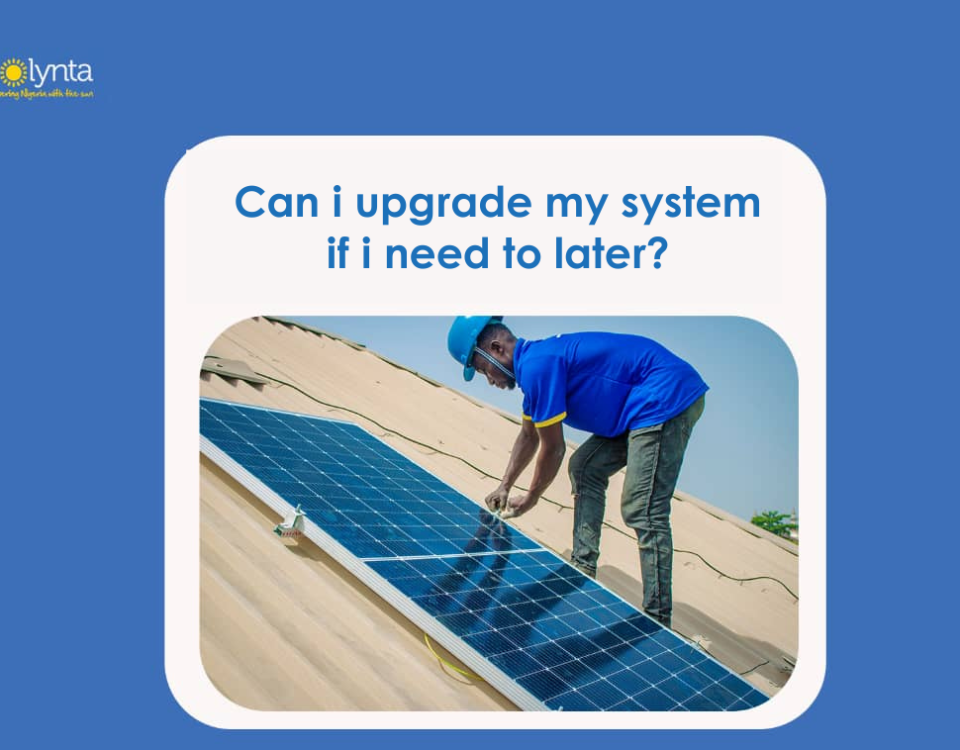5 Lessons From The Solar Industry in Australia

The Largest Solar Projects in Asia
2021-06-25
NNPC Set To Acquire 20 percent of Dangote Refinery
2021-07-045 Lessons From The Solar Industry in Australia
Solar energy is generated when sunlight is converted into electricity or used to heat air, water, or other fluids. Below are two major types of solar energy
Thank you for reading this post, don't forget to subscribe!• Solar thermal is the conversion of solar radiation into thermal energy (heat energy). This is conveyed by air, water, or other fluids and is commonly used directly, for space heating, or to generate electricity using steam and turbines. Solar thermal is commonly used for hot water systems and is typically designed for large scale power generation.
• Solar photovoltaic (PV) converts sunlight directly into electricity using photovoltaic cells. This works by converting Direct Current (sunlight) to Alternate Current (electricity). PV systems can be installed on rooftops, integrated into building designs and vehicles, or scaled up to megawatt scale power plants.
Here are some key achievements that Australia has made in developing and implementing solar power at scale.
• Australia’s solar radiation is the highest in the world
This continent has the highest solar radiation per square metre in the world: solar radiation per year is an average of 58 million PJ (Peta Joules), 10 k time more than Australian energy consumption. This is a great asset for solar energy generation and growth particularly as regards the implementation of renewable energy.
• There is a consistent rise in the use of residential solar in Australia
According to the Clean Energy Australia Report of 2019, the residential sector grew by 43% with 1.55 GW of systems installed over that year and an average system size of 7.13 kW in 2018
By the end of 2018, Australia reached over 2 million households with solar PV, meaning one in five Australian families benefits from a PV system.
These figures are set to increase further. According to SunWiz Australia, the end of 2019 another 2.13 GW of small-scale solar systems were installed, bringing the residential total to 10 GW. Rooftops with solar panels reached 2.25 million.
• Solar amounts 5.2% of the Australian total energy mix
Renewable energy generation in the year 2029 reached 21% of total power generation, the highest peak ever. The main renewable source was hydroelectric (7.5%) with generation of 17,002 GWh. The other sources were:
Wind: 7.1% (16,171 GWh)
Small-scale solar PV, up to 100 kW: 4.2% (9,452 GWh)
Bioenergy: 1.5% (3,412 GWh)
Large-scale solar PV, over 5 MW: 0.8% (1,875 GWh)
Medium-scale solar PV, between 100 kW and 5 MW: 0.2% (367 GWh)
Solar reached 5.2% of the total power generation and 24.3% of renewable energy generation.
• There are measures that ensure payback from the government
A second rebate for residential system owners is the Feed-in Tariff, a credit solar users receive for any amount of power they export back into the National power grid, usually set by energy retailers per kWh and paid on the electric bill.
FiT schemes differ by state: under most, the minimum rate per kWh offered by energy retailers is fixed by regulations.
• Australia is a resilient country and solar is helping
The climate is not so favorable but the new decentralised grid vision and increasing energy storage system (ESS) implementation could broaden the future of the renewable energy sector and contribute to the stability and well-being of Australian citizens.
This is the reason why energy storage and back up storage systems are spreading across the country and most of the states offer an incentive for their installation.
In a nutshell, there is so much we can learn and adopt from the country Australia. Many of these facts can lead to technological advancements and development in Nigeria.
If you would like to make a switch to solar and start enjoying green and stable power, click here https://bit.ly/3A2lNND



